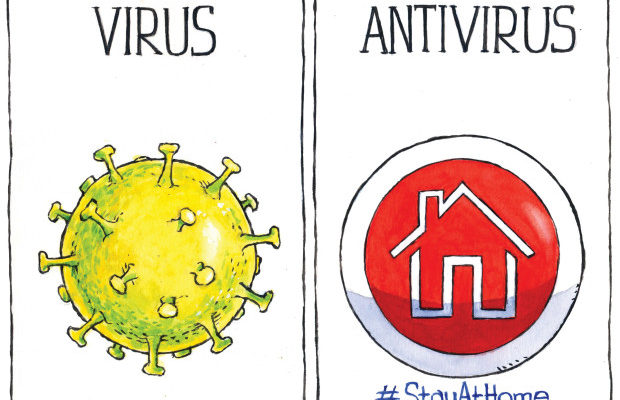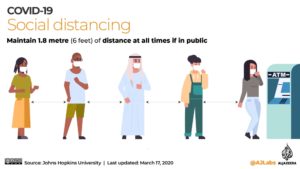
How are social distancing works reducing the transmission of the virus?

How are social distancing works reducing the transmission of the virus?

Social distancing measures to wane the spread of the novel coronavirus are in place worldwide. These guidelines are for everyone around the world.
As per the strategy, we all need to reduce our contact with others. It will have impacts in terms of mental health and loneliness, especially for the elderly and other vulnerable groups.
So why should we follow actions that seem so extreme? The answer is simple. Social distancing works. It demotes transmission of the virus effectively. It also dwindles the impact on already stretched healthcare services.

How social distancing strategy impacts on people?
Social distancing is one of the effective strategies to reduce the novel coronavirus. Without these steps, an individual with COVID-19 can get expected to infect around three others throughout their infection.
One “generation” of virus infection takes around one week. After one week, that one infected individual will have become four infected individuals (the original infected, plus the three individuals they have infected).
After two to three week, each of the three newly infected individuals can be expected to cause three new infections. It leads to thirteen infections in total.
If this compounding effect continues, after six weeks, the initial infected person will have started a chain of transmission that has led to more than a thousand infections.
What if everyone keeps social distancing?
If everyone in the population lessens their contacts by one third, then each infected individual will only infect two others throughout their infection. It means that after one week, there will be three infected individuals in total.
It is similar to the first scenario. But, if everyone reduces their contacts by one third, after six weeks, the chain of transmission will have caused 127 infections. It is still a large number of infected individuals. But it is substantially fewer than the scenario of over one thousand infections that occurs without social distancing.
Of course, widespread control measures have significant effects on our lives. In China, case numbers have now fallen dramatically due to severe interventions. It is the outcome of social distancing measures they have adopted. They strictly lock down all the corona affected parts of the country. And they used all the possible methods to let people stay at home and low down the spread.
Measures like those must be enforced in the same way in other countries too. If everyone adopts them, social distancing efforts to reduce transmission can still be expected to have significant effects. Social distancing is particularly crucial. We do not know how much the daily transmission occurring from people who is displaying no or few symptoms.
As a result, we shouldn’t try and self-determine whether we pose an infection risk or not. Instead, all of us should take social distancing seriously. We should support each other to follow these guidelines during this challenging time.
Let us face it
The treatment of this pandemic worldwide has not been perfect. A couple of weeks ago, Donald Trump asserted that COVID-19 is no worse than influenza. It has been clear to experts that the death rate is ten times more powerful than other seasonal viruses or H1N1 “swine flu” virus that swept around the world in 2009.
But let us face it. When this virus surfaced in early January, no one of us could have imagined the situation we are in now. The best thing we can do going ahead is to put these things behind us.
This novel coronavirus will continue to have a greater impact over the next weeks and months, most possibly beyond that. While looking out for one another, especially those in vulnerable groups, we should do everything we can to stop this virus. Social distancing is of clear public health importance.




